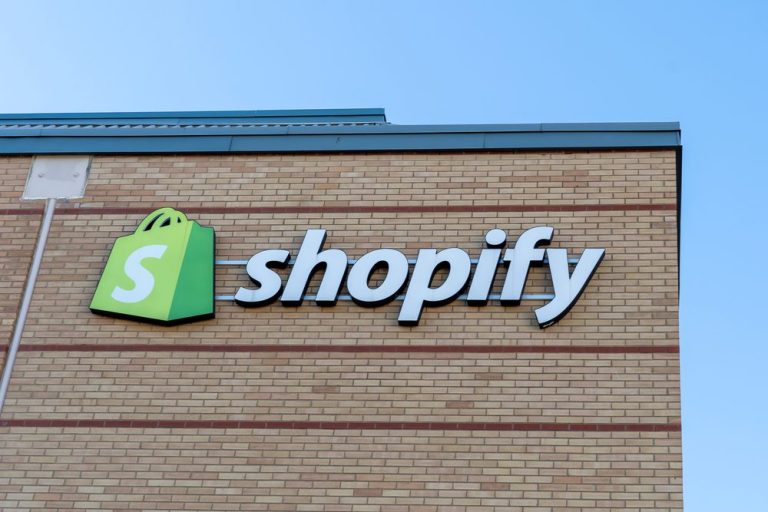Grocers Try Shopify to Break Reliance on Instacart

As independent grocers build toward their long-term eCommerce futures, many are seeking alternatives to Instacart.
“In online grocery today, the biggest shift is from independent retailers relying on others in a way that is not sustainable and not profitable to independent retailers, taking the reins and taking control and investing in this channel, because of all the value that it can create,” Jeff Anders, co-founder and CEO of eGrocery technology company Grocerist, told PYMNTS in an interview.
The company recently launched a solution for grocers on Shopify, powering processes key to online grocery that the platform usually cannot accommodate, such as picking and packing, more flexible substitutions for out-of-stock items and more. The move is intended to allow grocers to move their delivery businesses and eCommerce presence as a whole off of third-party aggregators.
Certainly, delivery is key for grocers. Research from PYMNTS’ study “Big Retail’s Innovation Mandate: Convenience and Personalization,” created in collaboration with ACI Worldwide, which drew from a survey of 300 major retailers in the U.S. and U.K., found that 76% of grocers think consumers would be very or extremely likely to switch merchants if they were not able to order products for delivery.
With this widespread understanding that delivery is essential to consumer loyalty, grocers are doing everything in their power to build out fulfillment businesses that are viable in the long term rather than continuing to rely on third-party aggregators such as Instacart.
“We have a lot of respect for what those third-party marketplaces were able to do … in the earliest days of independent grocery eCommerce, when eCommerce was 1% of sales,” Anders said. “What we’re wondering about now is the merit of that third-party marketplace model for independent grocers now that eCommerce could account for 20+% of all grocery sales within the next several years.”
He added that, with aggregators charging per-order fees to both retailers and consumers, grocers are asking themselves why they should not keep that payment and retain the transaction data. As such, grocers are shifting to direct fulfillment.
For instance, Walmart, the world’s largest grocer, shared in its most recent earnings report that it has been testing out a fulfillment center model that features “robotics, machine learning, and automated storage,” said Chief Financial Officer John Rainey.
Plus, the United States’ largest pure-play grocer Kroger, has been working with United Kingdom-based grocery technology company Ocado Group to expand its network of automated customer fulfillment centers (CFCs).
Similarly, major U.K.-based supermarket chain Asda announced recently that it is partnering with digital consulting company Publicis Sapient to create an eGrocery business that will allow the grocer to transition away from relying on its former owner Walmart (which sold off Asda back in 2020) to fulfill online sales.
Even smaller players are moving their eCommerce businesses in-house. Independent grocer Heinen’s, which has 23 locations across Ohio and Illinois, recently announced that it is switching to fulfilling delivery and pickup orders directly, pulling its stores from Instacart’s marketplace.
Findings from PYMNTS’ study “Changes in Grocery Shopping Habits and Perception,” which drew from a December survey of more than 2,400 U.S. consumers, reveal that 45% of grocery shoppers buy groceries online at least some of the time. However, only 7% of grocery shoppers do so all the time, while a far greater 54% shop in stores all the time. Yet the share of consumers shopping digitally is on the rise. That 7% figure marks a 36-fold increase from pre-pandemic.
“If a retailer in-store doesn’t have a loyalty program, which a lot of the smaller ones do not, it’s really hard, if not impossible, to know who exactly is buying what, and so online allows a degree of analytics and that leads to … much better communication,” Anders said. “I think a year from now we’re going to be hearing stories like Grocer X [is adding] personalized offers, seeing basket size grow, seeing share of wallet grow.”